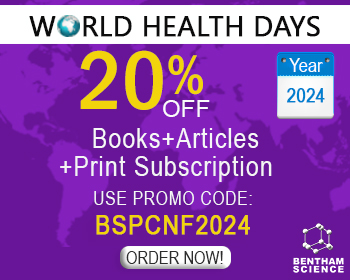Abstract
Vascular endothelial dysfunction is considered an initial step of atherogenesis, and the complicated cellular events of atherosclerosis begin with focal inflammation leading to foam cell formation and accumulation of cholesterol in the subendothelial space. Of the cells that make up atherosclerotic plaque, vascular endothelial cells (ECs) are the most resistant to cholesterol accumulation. However, ECs express receptors for modified lipoproteins and have the biochemical pathways for sterol synthesis and receptor-mediated endocytosis of lipoproteins. Cholesterol efflux continues even when cellular cholesterol mass is unchanged. Therefore, cholesterol efflux pathways may play an important role in endothelial cholesterol homeostasis. Recent study results suggest that apolipoprotein A-I and high density lipoproteins promote cellular cholesterol efflux through mechanisms depending on ATP-binding cassette transporter A1 in ECs. Caveolae and its structural protein caveolin-1 are abundant in ECs and could be contributors to cholesterol trafficking as well. However, the roles of each pathway in efflux and homeostasis of cellular cholesterol in ECs are still controversial. This article reviews recent progress in the understanding of cholesterol efflux and underlying mechanisms in ECs and proposes a model of efflux of cellular cholesterol. Such a cholesterol efflux pathway could provide insight into the efficient removal of excess cellular cholesterol in preventing atherogenesis.
Keywords: ABCA1, LXR, cholesterol, caveolae, ECs

























